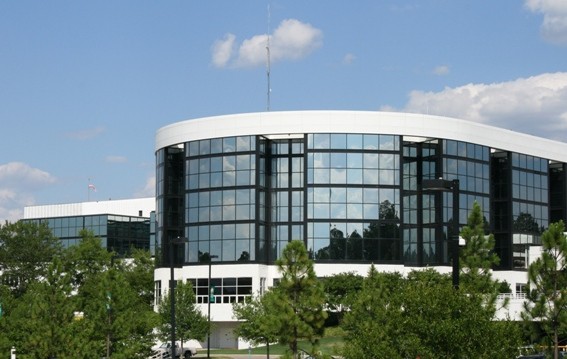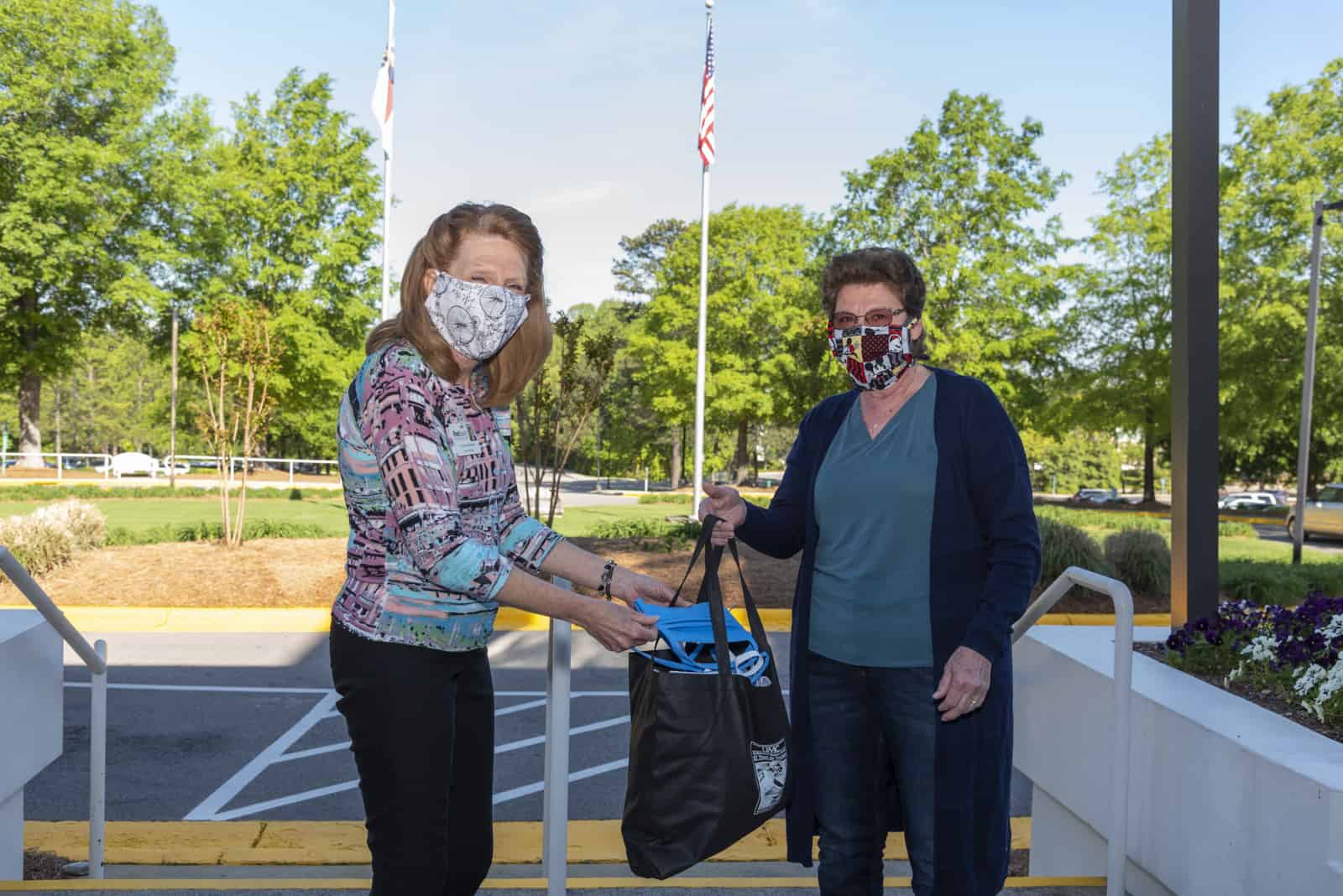James Matthews loves to walk and garden, but there was a time not too long ago when he wondered if his favorite activities were a thing of the past.
The 73-year-old suffered lower back pain due to spinal stenosis, and some bouts of discomfort were bad enough that it also hindered his ability to care for his wife.
“I had pain in my back for so long that I just learned to live with discomfort,” he said. “I’d maybe get a shot here and there that would help it for a time, but it would always come back.”
Luckily for Matthews, however, a mild® procedure performed by FirstHealth’s Lauren Sylvester, M.D., has allowed him to get back to the things he loves. Dr. Sylvester said Matthews was an “excellent candidate” for the minimally invasive lumbar decompression procedure.
“Mr. Matthews was an ideal candidate based on his symptoms and MRI findings. Ideal patients for this procedure have neurogenic claudication, which means leg and low back pain with prolonged standing and walking,” Sylvester said. “This pain typically comes from narrowing in the central spinal canal. A common reason for that narrowing is thickening of a ligament that can occur with age. Basically, the mild® procedure helps remove some of that thickened ligament.”
The hour-long procedure was a game-changer for Matthews, who said Dr. Sylvester “deserves all the credit in the world.”
“Once she trimmed those ligaments I felt as good as I have in a long time,” he said. “Now, I’m not in nearly as much pain, I’m able to help my wife with all her needs and I can enjoy retirement.”
Matthews’ struggle with spinal stenosis is common, with more than 1.2 million patients diagnosed and treated each year. As the space in the spinal canal shrinks, increasing pressure is placed on the nerves that go through it to the legs, causing pain, numbness or weakness in the lower back, legs and feet.
Patients commonly complain of difficulty walking even short distances and do so with a characteristic stooped posture in more advanced cases.
“mild® is very effective as a minimally invasive procedure, and it’s a great option for patients who do not want a large surgery or who may not be able to tolerate a large surgery due to any other medical problems,” Sylvester said.
“The other benefit of mild® is that we only remove small portions of tissue and leave no hardware behind, so the procedure does not change the patient’s anatomy significantly or prevent them from any future imaging or procedures.”
In Matthews’ case, Sylvester and his primary care physician, Pinehurst Medical Clinic’s Michael Antil, M.D., had specific goals in mind.
“We wanted to decrease his pain, of course, but more importantly, our hope is for improved ability to walk and stand for longer periods of time. Mr. Matthews did extremely well, and we were pleased with his outcome,” Sylvester said.
Antil said he was very pleased with the outcome.
“Mr. Matthews had been dealing with pain for some time, and other methods to address it weren’t able to get him relief quite like the mild® procedure could,” Antil said. “Moving forward, we hope the reduced pain makes Mr. Matthews’ life easier and will allow him to do as much as he’d like.”
About FirstHealth Back & Neck Pain
FirstHealth Back & Neck Pain offers fully integrated, comprehensive pain management with state-of-the-art technologies. Board certified anesthesiologists working in the Back & Neck Pain clinic specialize in pain management and use a multi-disciplinary approach to target pain in a variety of ways.
More information about FirstHealth Back & Neck Pain is available by calling (910) 715-1794 or visiting www.firsthealth.org/pain.











